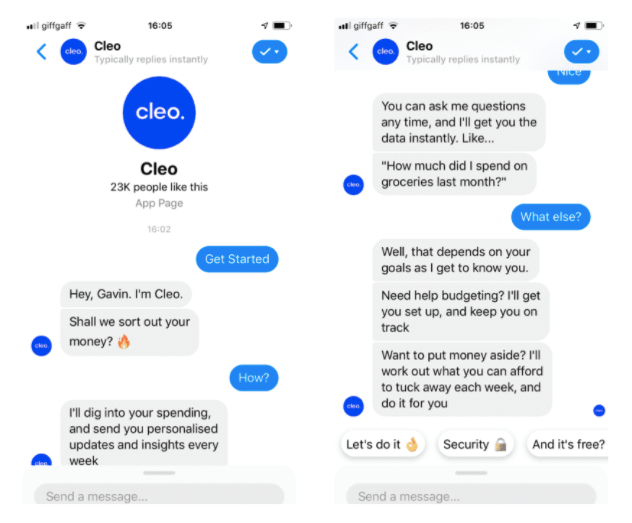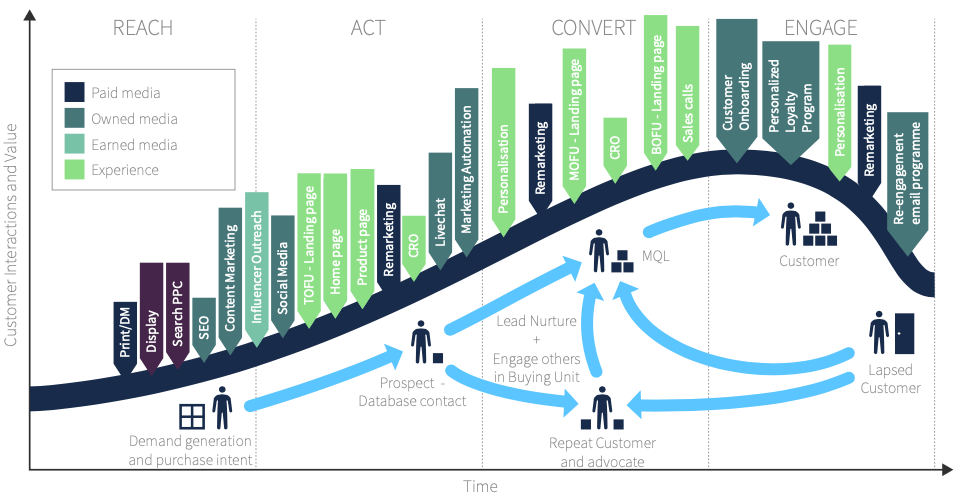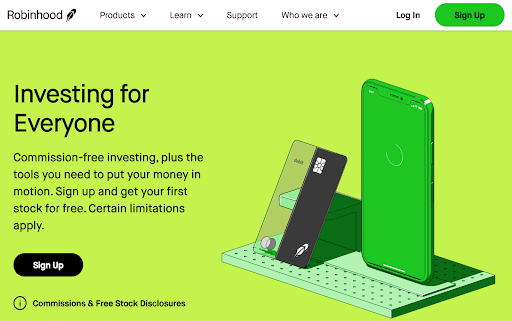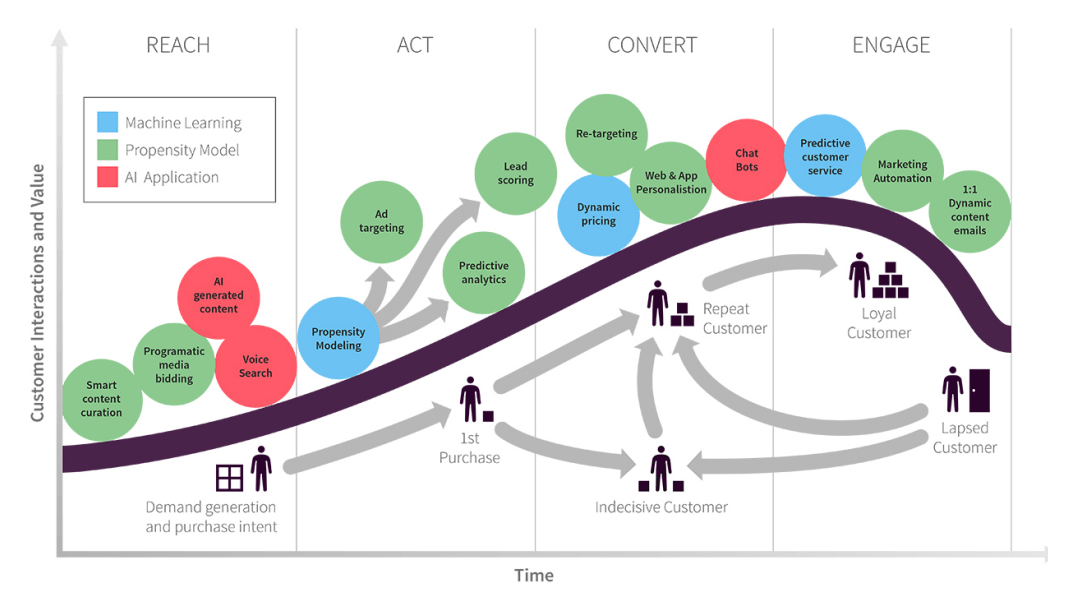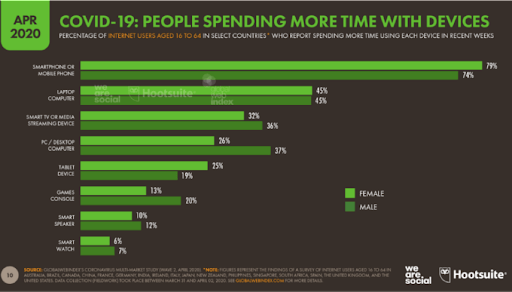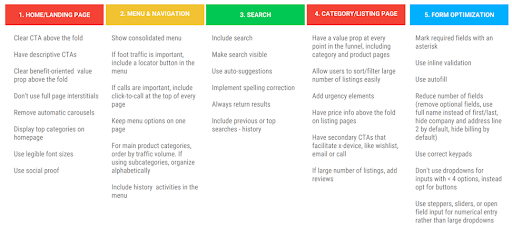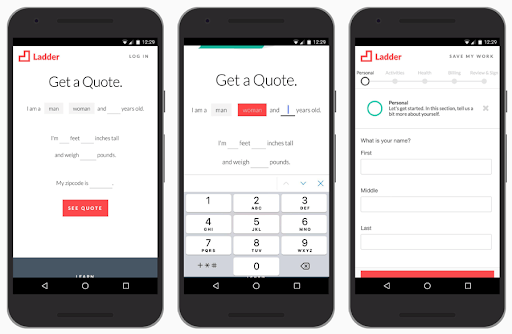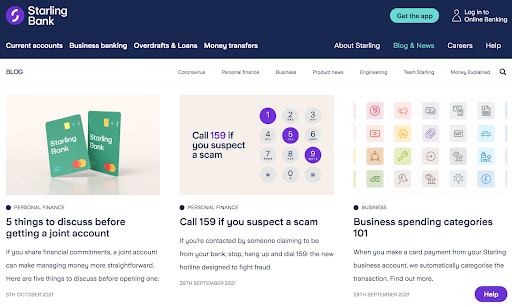A selection of case studies, examples, and best practices from fintech companies around the world
Like many sectors, the financial services industry is going through a period of disruption. New, digital-first brands and services are making waves and digital has heightened customers’ expectations of service. The ‘Amazon effect’ means that we now demand better and quicker customer service in an age of instant gratification. Ten years ago I remember visiting a branch or struggling to make a transaction online. Today, I can access everything I need on my mobile quickly, easily, and efficiently.
The rise of fintech
The ongoing growth of fintech is also a major factor for the changes taking place across the sector. Fintech is a combination of technology and financial services that’s transforming the way financial businesses operate, collaborate, and transact with their customers, regulators, and other stakeholders.
All types of companies, from startups and tech companies to established firms, are using fintech. In recent years, many variations of fintech have emerged that draw on cutting-edge technologies specifically tailored for certain sectors or functions within the financial services ecosystem, such as regtech, and insurtech.
Fintech customer journeys
Fintech customer journeys are more complex than ever. That’s why Smart Insights Business Members can access a specialist collection of lifecycle marketing resources designed to help financial services marketers and managers make the most of new marketing technology opportunities to attract and retain customers.
To plan your fintech marketing strategy, we recommend applying the RACE Framework to track and measure each stage of your customers’ experiences of your company.
As you can see below, to fully understand how your financial services customers experience your brand, you can break down your marketing strategy across the 4-step process of reach, act, convert, and engage.
We’ve got practical marketing tools and templates to help you review and optimize your paid, owned, earned media and digital experience to win more financial services customers, integrated across the RACE Framework. Find out more.
Fintech marketing opportunities
New entrants moving into the sector have disrupted what was once the status quo. Companies including Starling, Monzo, and Nutmeg responded to consumer trends and brought new ideas to market quickly. Unlike their larger counterparts, they are not restricted by the same complexity and can test and learn more freely. However, in addition to these challenger banks, we’re now seeing newer players such as Bought By Many and Moneybox:
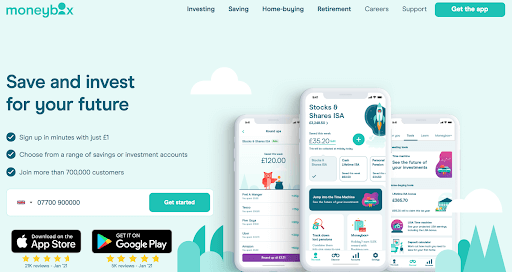
Within this blog post, we will explore some of the fintech trends to watch out for in 2022 and how marketers can respond.
1. Create a distinctive financial services brand
The growth of fintech has provided consumers with an unprecedented level of choice, from insurtech and sharedealing, to savings and pensions. And whilst this is undoubtedly positive, it means that the competitive landscape has become highly charged. Many fintech companies and challenger banks are moving into areas of financial services once owned and dominated by the established institutions.
This means that financial brands must follow the marketing effectiveness and brand-building principles that other sectors have already adopted. Creating a financial brand with a set of distinctive brand assets will create the memory structures needed to help them come to mind for consumers when they’re considering financial services. Klarna is a great example of a brand that is building a pool of distinctive assets, from its distinctive pink colour to their use of video and influencer marketing. Working with celebrities like Snoop Dog and A$AP Rocky enable them stand out and target younger consumers:
2. Provide a clear, differentiated value proposition
Linked to the creation of a distinctive brand, financial services companies must also provide a clear, differentiated value proposition to connect with audiences. With so much crossover between different brands, being able to clearly articulate what you stand for is crucial.
Your value proposition is a statement that describes the benefit of your offer, how you solve your customer’s needs and what distinguishes you from the competition. Your value proposition should appear prominently across customer touchpoints, including websites, social media, and app stores.
Despite some of the recent controversy, US-based investing platform Robinhood is an example of a disruptive fintech brand with a very clear value proposition: “We’re on a mission to democratize finance for all”:
3. Explore the possibilities of AI and machine learning
Artificial intelligence (AI) can provide financial companies with a pathway to success. However, the term ‘AI’ is very wide-ranging and encompasses different areas including:
- Machine learning
- Natural language processing (NLP)
- Computer vision
- Forecasting and optimization
One example of how AI is being practically executed is through the use of AI-powered virtual assistants, or Chatbots. The most effective chatbots are those that can reliably interact intelligently with customers to enhance the on-boarding process, sell new products and answer common questions quickly by anticipating responses.
We’ve got solutions to help support financial services marketers and managers using data and analytics to improve their digital marketing activities. Use our RACE Framework to integrate machine learning, propensity modeling and AI application to inform your marketing strategy.
Find out how your financial services company can benefit from Smart Insights business membership.
Fintech case study
Cleo is a London-based chatbot that sits on Facebook’s Messenger platform. Cleo’s AI proactively helps users to manage their finances by notifying them of income and expenses.
Whilst users can access all this information via their bank or building society, Cleo proactively sends notifications tailored to each user:
4. Create effective mobile experiences
The majority of our time online is now spent on our mobile devices. It’s a trend that accelerated during the pandemic and will continue to grow:
A couple of years ago, Google published a series of UX playbooks that outlined best practices across a range of different sectors. What was noticeable then and just as important now is that Google took a mobile-first perspective with their recommendations. This should continue to be a priority for all financial services marketers designing online experiences.
Expanding on their mobile UX findings for retail, Google’s best practices provide a checklist for improving your mobile site’s experience across five key areas:
The summary of best practices for each of these five areas is slightly different for each industry, although the diagram below summarises many of the commonalities across all which is relevant for financial services:
One example of putting these best practices into action is with form optimization. Typing on mobile is not easy and it’s therefore to help the user complete their task as easy and pain-free as possible.
The form on a finance mobile site is often one of the final steps in the journey, so it’s essential that this works to improve conversion rate. The example below is from Ladder, a US life insurance company. The three images show how the brand has created a form that contains simple inputs and allows the user to save their progress. This facilitates cross-device movement whilst adding an element of fun to the process:
5. Provide valuable, useful content and thought-leadership
The world of financial services can be complex and confusing; not only the products and services themselves but also the situations in which certain products are required. Whether it’s buying a house for the first time, opening a children’s trust fund or saving for retirement, financial services brands have an opportunity to support the consumer by providing useful, relevant content on a range of different subjects.
The UK challenger bank Starling is a great example of a fintech company using smart, timely content to help and inform their customers. Not only is their blog very well curated but their newsletter (smartly called ‘The Murmur’) provides a diverse range of content, from new product updates and features, to hints, tips and letters from the CEO.
Optimize your marketing funnel with high-quality content to attract and retain your target audiences. Use the RACE Framework to plan and manage your key messages to support your customers’ decision-making processes, and more.
Find out how your financial services company can benefit from Smart Insights business membership.

